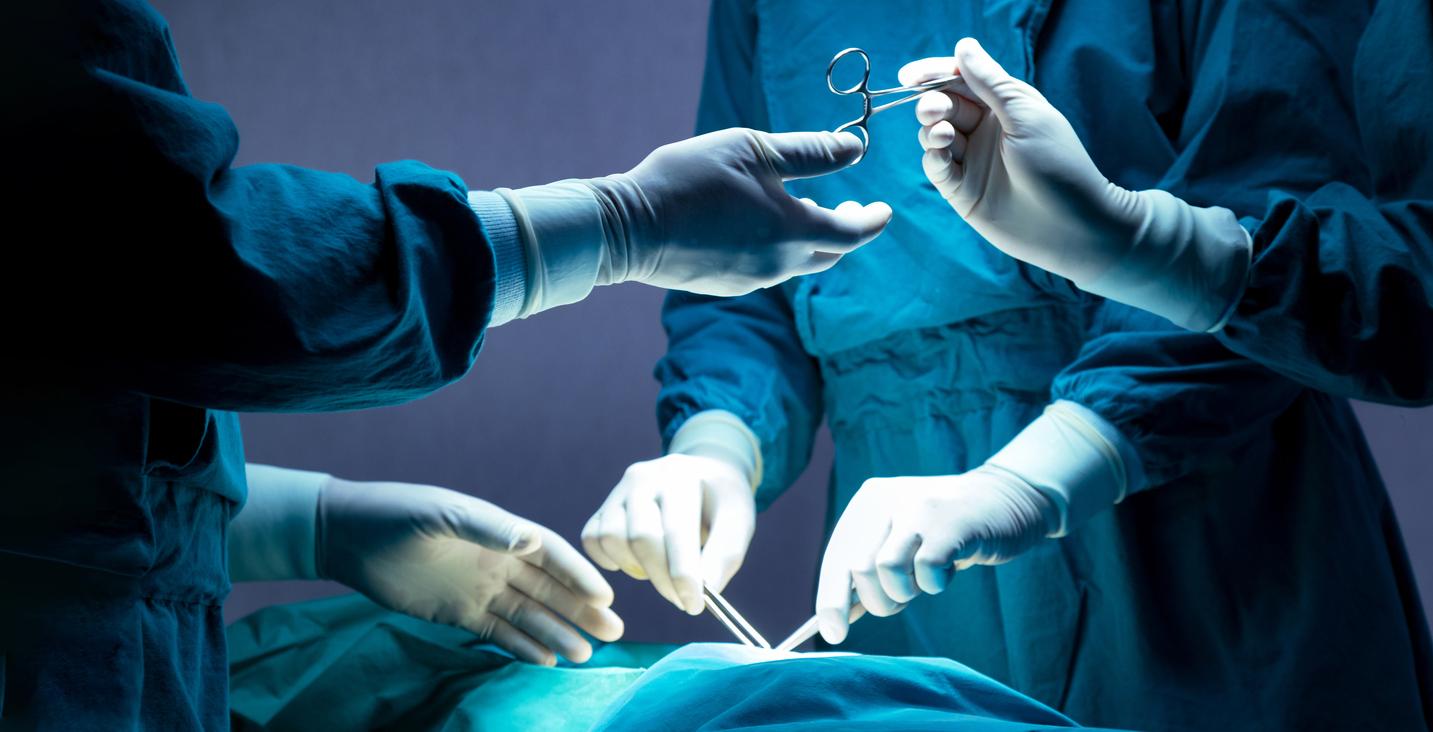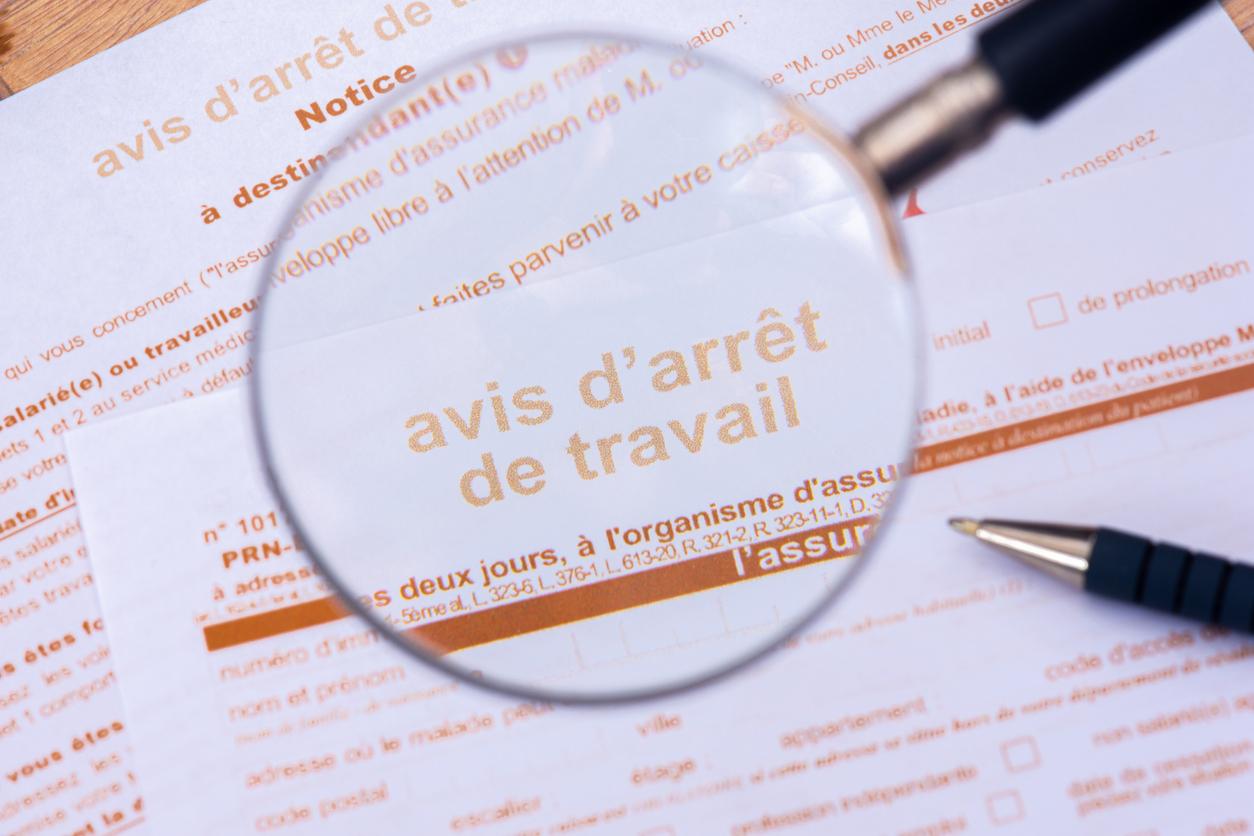Animation about the procedure in the hospital
What happens when someone becomes an organ or tissue donor after death? A short animation.
What happens when someone becomes an organ or tissue donor after death? A short animation.
Protocols
In the Netherlands it is possible to donate various organs after death (or postmortem): kidneys, pancreas (pancreas), liver, lungs, heart and small intestine.
A number of actions precede the actual donation of an organ. These actions are laid down in protocols, which hospitals are obliged to comply with.
Heartbeat donation
With heartbeat donation, the patient is brain dead and heart rate and breathing are artificially maintained. Because the blood circulation is kept going, all organs remain suitable for transplantation. Non-heartbeating donation is donation of organs after a patient’s heart has stopped. There is no blood circulation anymore and not all organs can be donated.
The organ donation procedure in heartbeat donation is as follows:
Consult Donor Register
If a deceased person is medically suitable for donation, the doctor first consults the Donor Register to check which choice the deceased had recorded. The Donor Register can be consulted day and night.
Donor notification
If the deceased person is registered as a donor or if the next of kin give permission, the doctor will register the deceased as a donor with the NTS, the official organ center in the Netherlands.
Matching
The NTS has the medical data of all waiting patients. Based on this medical data, the NTS determines who the most suitable receiving patient is. The hospital of the receiving patient then prepares everything for the transplant.
Time pressure
The time between the determination of brain death and the actual operation is usually 4 to 12 hours. In the meantime, the deceased remains on the ventilator in the ICU. This is necessary because vital organs need constant oxygen. The next of kin are generally allowed to stay with the deceased until the donor operation.
surgery
The doctors of the removal team work very carefully and with respect for the deceased. The operation takes about 3 to 6 hours. The appearance of the deceased is violated as little as possible and all wounds are neatly closed. After such an operation, the deceased can still be laid in state, so that relatives can say goodbye.
Shelf life
Organs taken out can only be kept outside the body for a short time. In the case of heart and lung donation, the process from donation to transplantation should not take longer than 3 to 5 hours. A liver has a maximum of 12 hours, while a donor’s kidneys can remain outside the body for about 24 hours.
Carers involved
In addition to the doctor, the removal team and the nurses, the transplant coordinator and often a donation coordinator is also involved in the donation procedure
Sources):














